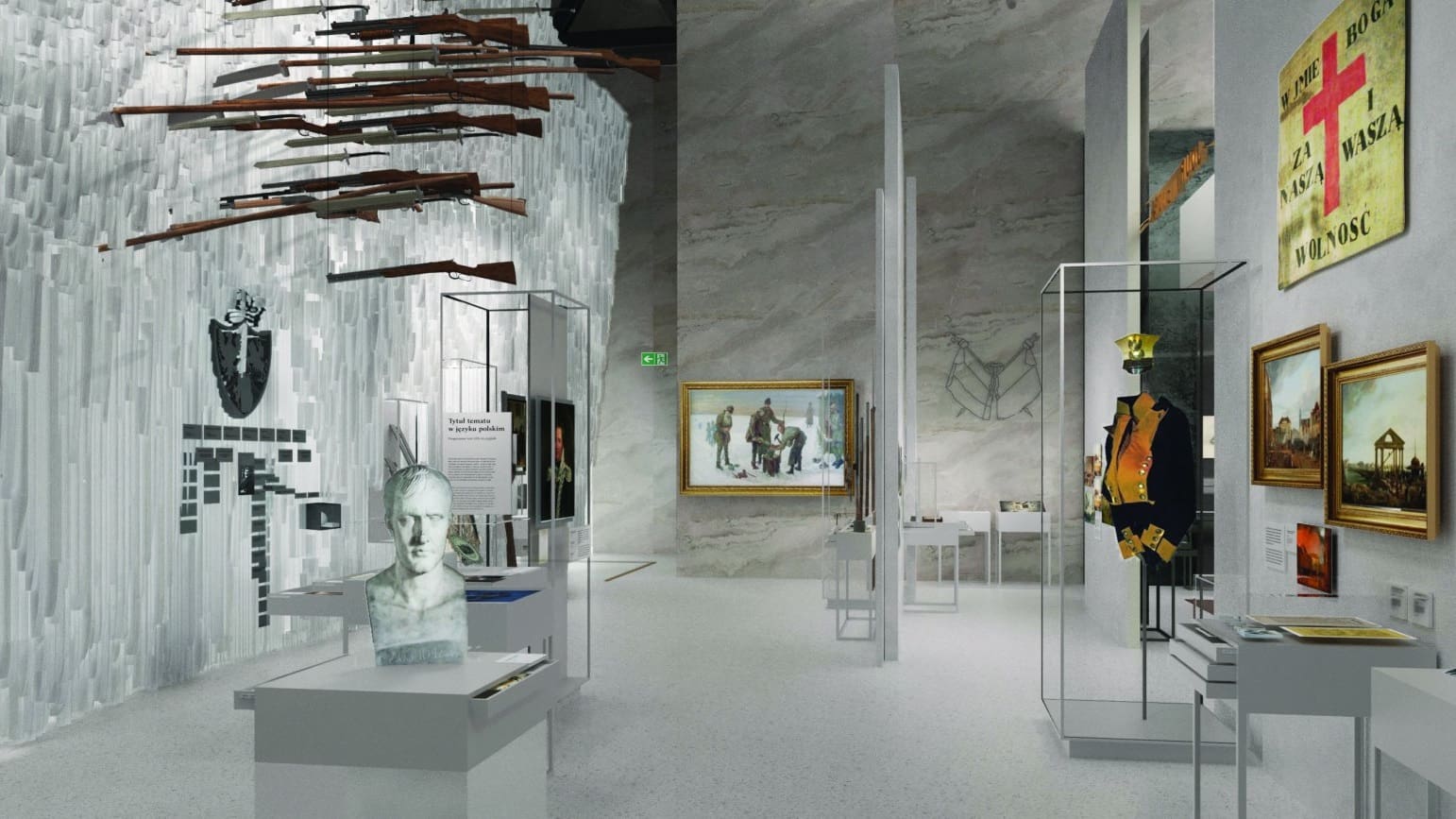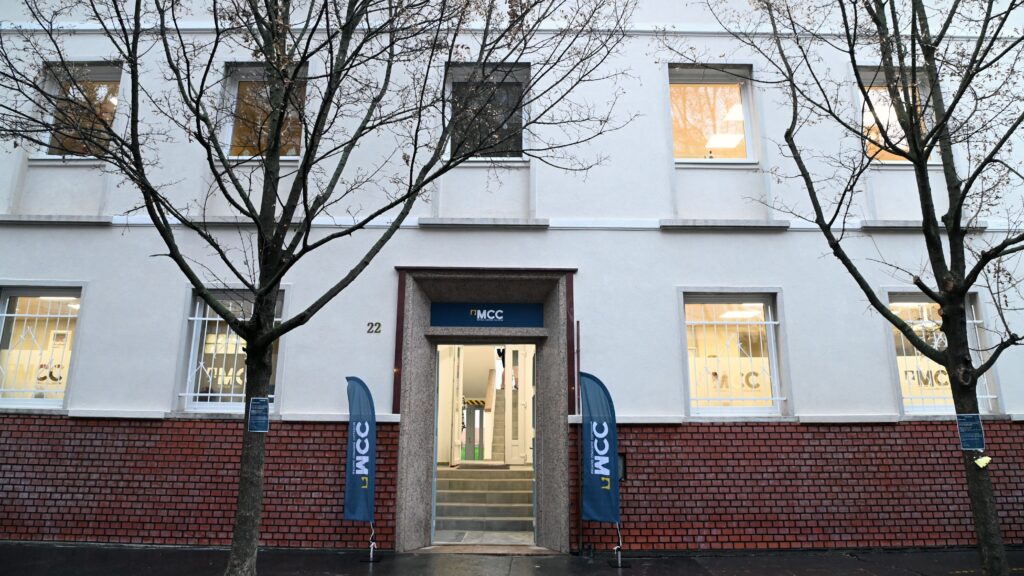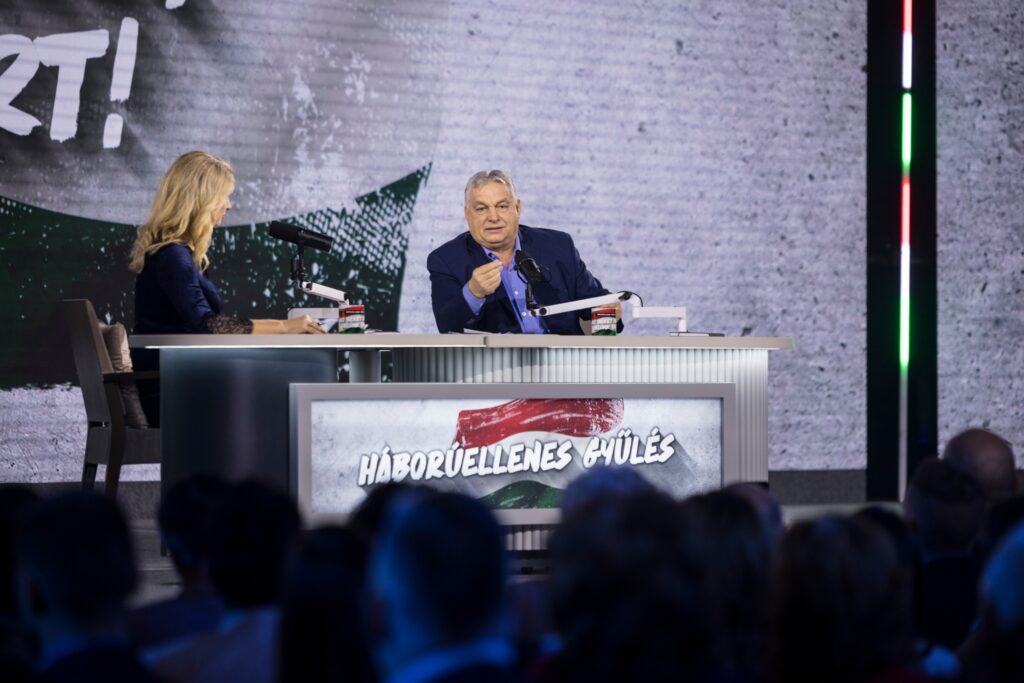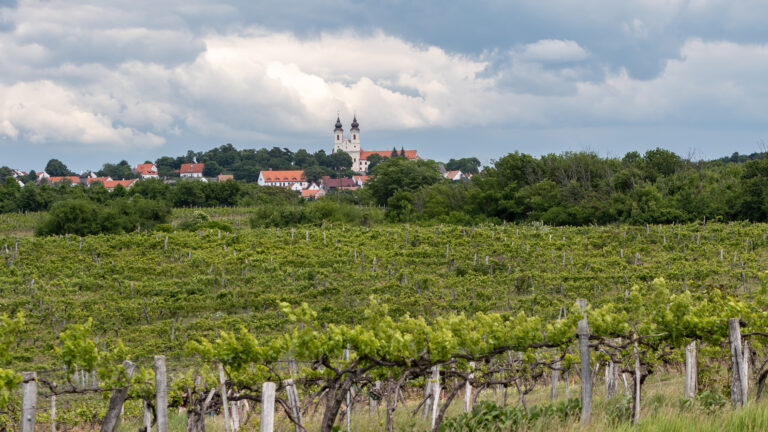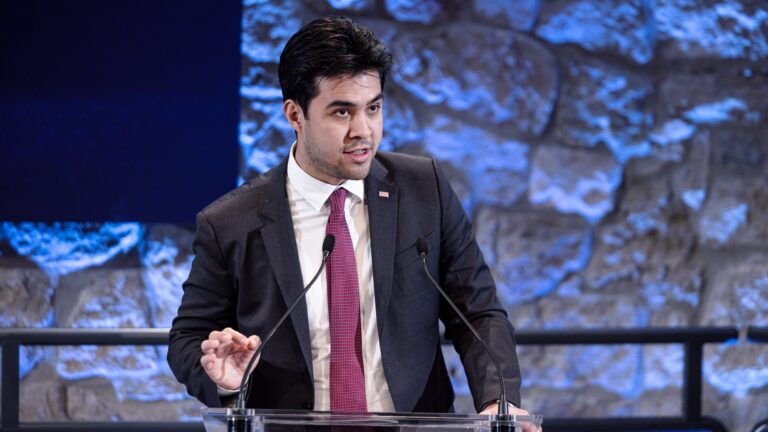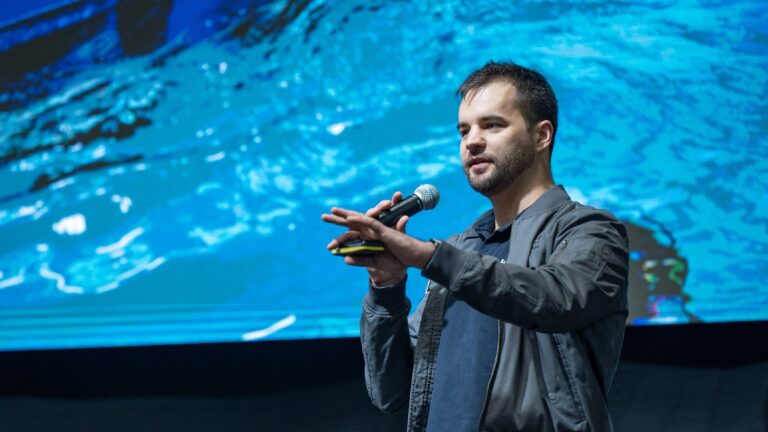The 12th European Remembrance Symposium took place in Warsaw, Poland last month. The venue for the event was the Polish History Museum, and courtesy of our hosts, participants got to go on an informative tour of the host venue, too.
The museum is currently under construction, with the project set to be completed by 2026. The Symposium participants also had the opportunity to go inside the area currently under construction, wearing protective hard hats and visibility vests.
The building opened in September 2023. Before the museum had any permanent or loaned items secured for exhibition, it announced an open call for any items in private possessions that might be of historic interest. Many local families heeded the call and contributed items related to Polish history that could have been simply discarded out or left to rot in the attics or basements of private residences.
The main lobby of the museum features some majestic items on exhibit.
It is real sunken treasure, as
they are items recovered from the Vistula River sunk as after the invading Swedish forces tried to get away with the valuables of the Villa Regia in the middle of the 17th century,
a tumultuous period in Polish history known as ‘the Great Deluge,’ or ‘the Great Flood,’ a biblical reference to the story of Noah. These artifacts were not recovered until 2012, when an unusually long drought brought the water levels of the Vistula River down to an all-time low.
The Polish–Swedish War took place between 1600–1611, during which time many priceless Polish historical artifacts were taken to Stockholm, Sweden; and some of them still remain there to this day.
However, the recovered sunken treasures are not the only 17th-century artifacts to marvel at in the museum. King Sigismund III Vasa’s gold coin is also on display. Its face value is 50 ducats; however, due to its age, rarity, and great condition, its market value is around €1 million.
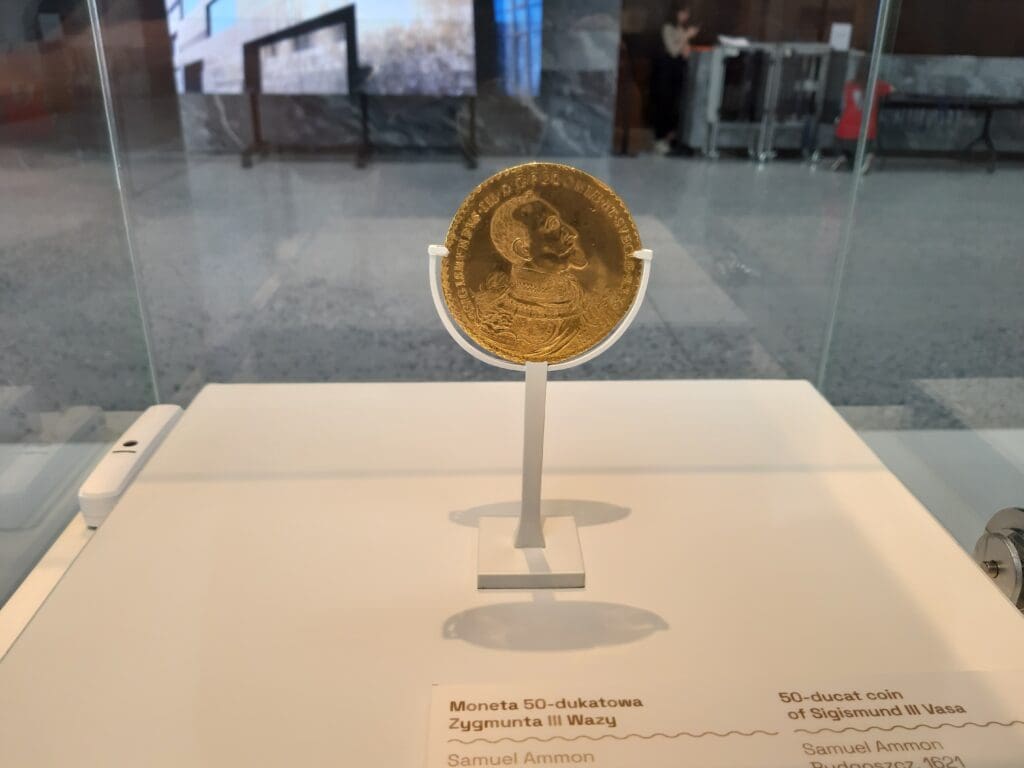
As far as the most recent history is concerned, the museum also has items on exhibit about the ongoing Russo-Ukrainian war as well.
Perhaps the most interesting one of those is the football with which Jakub Błaszczykowski scored the equalizing goal against Russia for the Polish National Team at Euro 2012. Poland and Ukraine co-hosted the European Championship in 2012, and their common antagonist Russia was drawn in the same group as Poland in the tournament.
The museum building itself, located on the bank of the famous Vistula River, is innately linked to Polish military history, given the fact that it used to be a fortress, housing eleven barracks full of soldiers.
Related articles:

